Advantages of Choosing Grow Bags
Gardening has been practiced for centuries, and with time, new and innovative methods have emerged to make planting easier, more efficient, and environmentally friendly. Among these innovations, grow bags have gained massive popularity worldwide. Grow bags are fabric containers, usually made from breathable materials such as non-woven fabric, that allow plants to grow in a controlled and healthier environment compared to traditional pots or garden soil. They come in different sizes, making them suitable for growing vegetables, fruits, herbs, flowers, and even small trees.
In recent years, urban gardeners, balcony growers, and commercial farmers have increasingly turned to grow bags because of their numerous benefits. Unlike plastic or clay pots, grow bags provide superior aeration, better drainage, and promote stronger root systems. Their lightweight, reusable, and eco-friendly nature also makes them a sustainable choice for modern gardening.
This article will discuss in detail the advantages of choosing grow bags, highlighting their benefits for home gardeners, urban farmers, and commercial agricultural practices.
Grow bags are more than just a gardening trend; they represent a revolution in sustainable and efficient planting practices.
1. Improved Root Health
One of the most important advantages of grow bags is their ability to promote healthier root development. In traditional pots, plant roots often hit the wall of the container and start circling around, creating a condition called root-bound. This restricts nutrient absorption and reduces plant growth.
Grow bags, on the other hand, encourage air pruning. When roots reach the edge of the fabric bag, they come into contact with air. Instead of circling around, the exposed roots dry out, stimulating the plant to produce new fibrous roots. This leads to a healthier, denser, and more efficient root system, which improves the plant’s ability to absorb nutrients and water.
Healthy roots are the foundation of strong plants, and grow bags provide exactly the right environment to ensure optimal root growth.
2. Excellent Aeration
Plants need air circulation not just above the soil but also within the root zone. Grow bags are made from breathable fabric that allows oxygen to reach the roots more effectively than traditional containers. This improved aeration prevents soil compaction and ensures that roots have enough oxygen for proper respiration.
Better aeration results in:
Faster plant growth
Stronger stems and foliage
Reduced risk of fungal diseases caused by excessive moisture buildup
Thus, grow bags create a natural balance of air and moisture, making them one of the best growing mediums for plants.
3. Superior Drainage
Overwatering is one of the most common problems faced by gardeners. In rigid pots, water often accumulates at the bottom, leading to root rot and other fungal diseases. Grow bags solve this problem with their porous fabric design.
Excess water naturally drains out of the sides and bottom of the bag, preventing waterlogging and protecting plants from root diseases. At the same time, the soil retains just the right amount of moisture for plant growth. This makes grow bags especially useful for beginners who might struggle with watering practices.
4. Portability and Flexibility
Another major advantage of grow bags is their lightweight and portable design. Unlike heavy clay pots or fixed garden beds, grow bags can be easily moved from one location to another. This flexibility is especially useful for:
Balcony or rooftop gardeners who may need to adjust plant placement for sunlight
Seasonal growers who want to bring plants indoors during harsh weather
Farmers who rotate crops and need a mobile planting option
Because they are collapsible, grow bags can also be stored without taking up much space when not in use.
5. Temperature Regulation
Temperature control is vital for plant health. Traditional containers, especially plastic pots, often overheat under direct sunlight, damaging root systems. Grow bags, however, provide natural temperature regulation.
The breathable fabric prevents excessive heat buildup by allowing air circulation around the soil. This keeps the roots cooler in summer and provides insulation during cooler months. Plants grown in grow bags tend to thrive better under fluctuating weather conditions, making them ideal for different climates.
6. Space-Saving for Urban Gardening
With urbanization, people often lack the space for traditional gardening. Grow bags are an excellent solution for small spaces, as they can be placed on balconies, rooftops, patios, or even indoors near sunny windows.
Some space-saving benefits of grow bags include:
Vertical gardening using stackable grow bags
Growing multiple plants in a single bag
Arranging bags in small corners or walkways
This makes grow bags perfect for city dwellers who want to enjoy fresh homegrown vegetables and herbs without needing a backyard.
7. Versatility in Growing Different Plants
Grow bags are available in various sizes, making them suitable for growing a wide range of plants. Small bags can be used for herbs like basil, mint, and parsley, while medium-sized bags are perfect for vegetables like tomatoes, peppers, and cucumbers. Large grow bags can even support fruit trees, potatoes, and root vegetables.
The versatility of grow bags allows gardeners to experiment with different crops and expand their gardening experience without investing in expensive infrastructure.
8. Environmentally Friendly
Many grow bags are made from eco-friendly and biodegradable materials, making them a sustainable choice compared to plastic containers. Using grow bags reduces plastic waste and promotes greener gardening practices.
Some benefits of their eco-friendliness include:
Reduced use of non-recyclable materials
Biodegradable options available for organic farming
Reusable fabric that lasts multiple seasons
By choosing grow bags, gardeners contribute to reducing their environmental footprint.
Note:Grow bags are more than just a gardening trend; they represent a revolution in sustainable and efficient planting practices.
9. Pest and Disease Control
Plants grown in the ground are more vulnerable to soil-borne pests and diseases. Grow bags reduce this risk by providing a controlled soil environment. The elevated design prevents crawling insects and pests from easily attacking the plants.
Additionally, because the bags are portable, gardeners can easily move them to protect plants from infestations or isolate infected plants to prevent the spread of disease.
10. Affordable and Cost-Effective
Compared to building raised garden beds or buying large ceramic pots, grow bags are a more affordable option. They are available at reasonable prices, and since they are reusable for several years, they offer long-term cost savings.
Some growers even make their own DIY grow bags from recycled fabric, old sacks, or jute bags, further reducing costs while promoting sustainability.
11. Better Yield and Productivity
Because grow bags encourage strong root systems, proper aeration, and balanced moisture levels, plants grown in them often produce higher yields. Vegetables like tomatoes, peppers, and potatoes thrive particularly well in grow bags, as their root systems expand freely without being restricted.
Healthier roots, better nutrient absorption, and controlled growing conditions all contribute to increased productivity. This is why many commercial growers also prefer using grow bags for crops that require consistent quality and yield.
12. Easy to Maintain
Gardening with grow bags requires less maintenance compared to traditional methods. They are easy to set up, fill with soil, and start planting. Since they prevent overwatering and root rot, gardeners spend less time worrying about plant health.
Additionally, they can be cleaned and reused, making them a hassle-free choice for year-round gardening.
13. Ideal for Hydroponic and Container Gardening
Grow bags are not limited to soil-based gardening. Many hydroponic and container gardening enthusiasts use grow bags as they provide a flexible growing medium that supports soilless cultivation. They can also be placed inside greenhouses, polytunnels, or used in vertical farming systems.
This adaptability makes grow bags a future-ready solution for modern agriculture.
14. Mobility for Crop Rotation
Crop rotation is an important farming practice that prevents soil depletion and reduces the risk of pests and diseases. In fixed garden beds, crop rotation requires extensive planning. However, with grow bags, it becomes much simpler. Gardeners can move bags to different locations or replace the soil easily, allowing for effective crop rotation without major effort.
15. Aesthetic Appeal
Beyond their practical advantages, grow bags also add aesthetic value to gardens, balconies, and patios. They come in different colors, shapes, and designs, giving gardeners the freedom to create attractive layouts. A garden filled with green grow bags looks organized and modern, making them suitable for decorative as well as functional use.
Conclusion
Grow bags are more than just a gardening trend; they represent a revolution in sustainable and efficient planting practices. From promoting healthier roots and better aeration to offering portability, temperature control, and eco-friendliness, grow bags provide countless benefits for both beginners and experienced gardeners.
Whether you are a city resident with limited space, a hobbyist looking to grow herbs and vegetables, or a commercial farmer seeking cost-effective solutions, grow bags can transform your gardening experience. Their versatility, affordability, and long-term sustainability make them one of the best choices for modern gardening.
By choosing grow bags, you are not just investing in better plant growth—you are also supporting eco-friendly practices, making gardening accessible to everyone, and ensuring healthier yields for years to come.
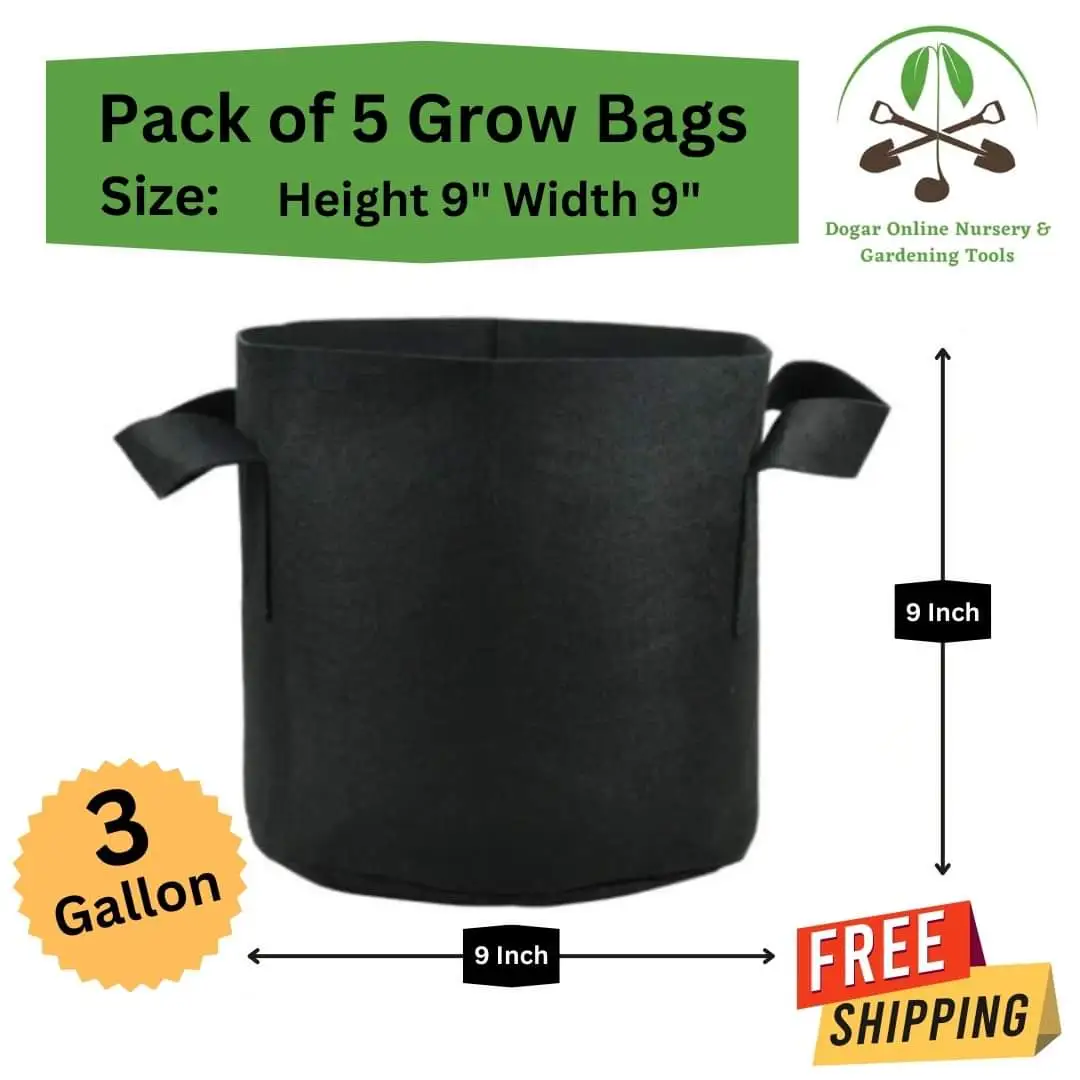

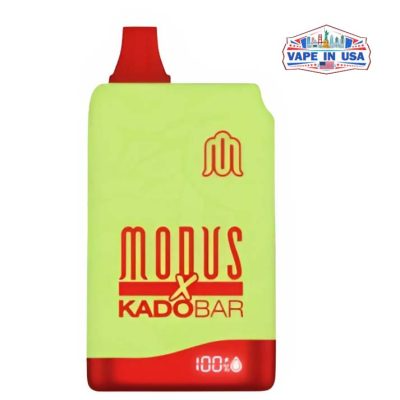
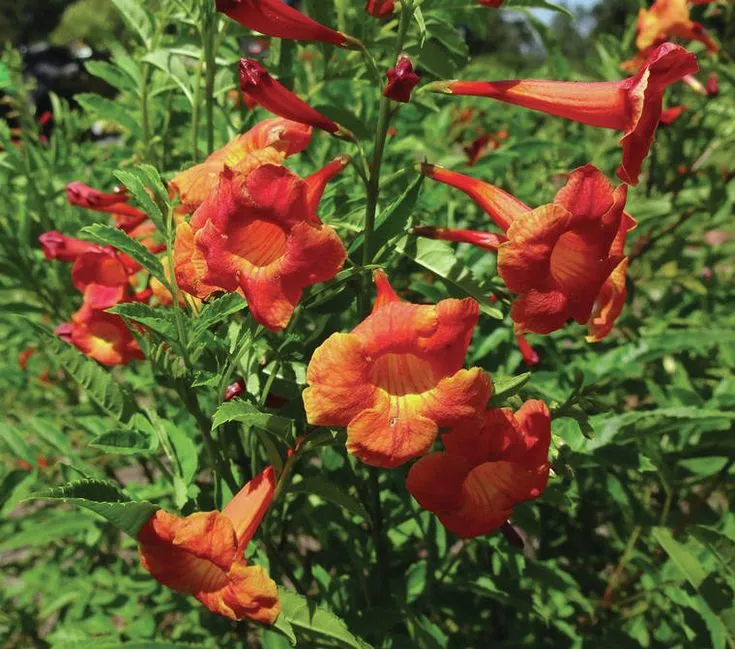

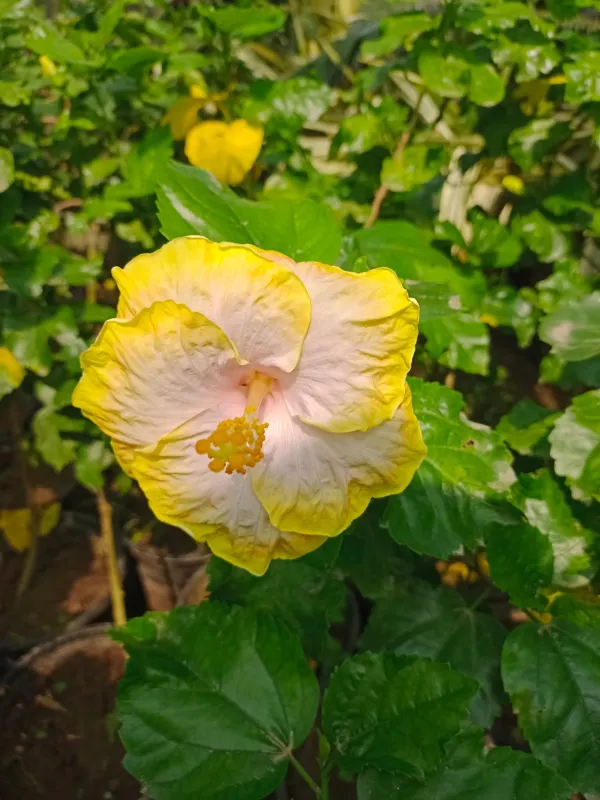

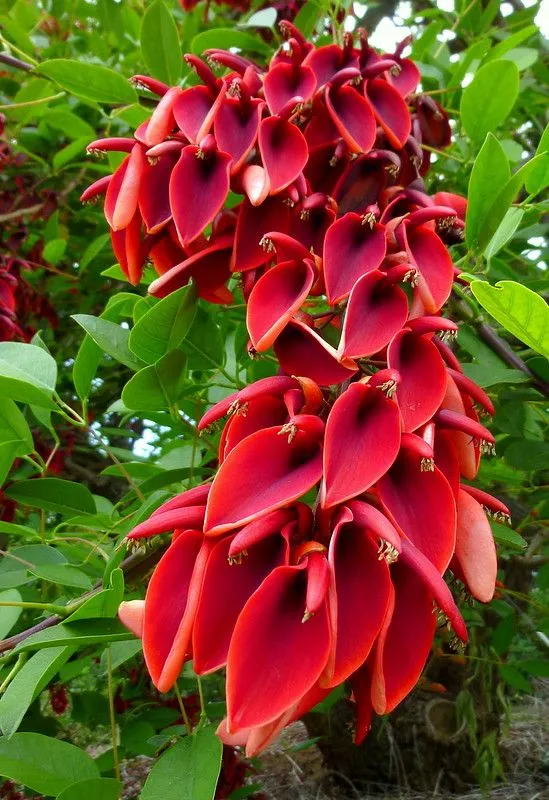



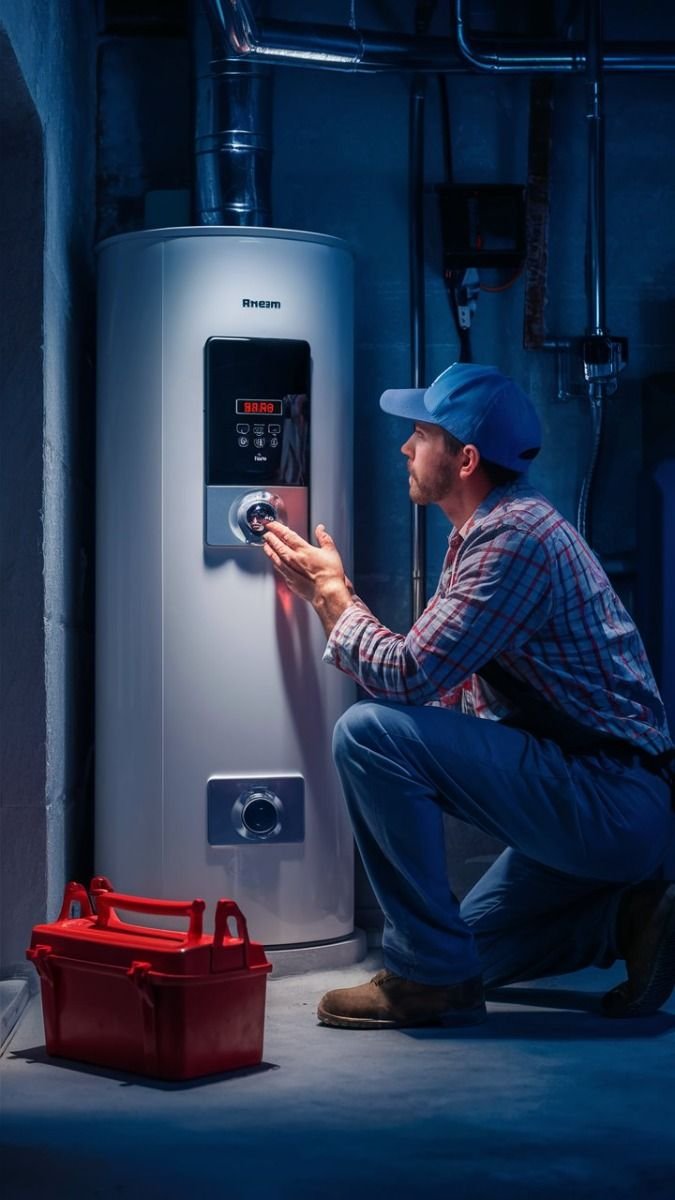

Leave a Reply